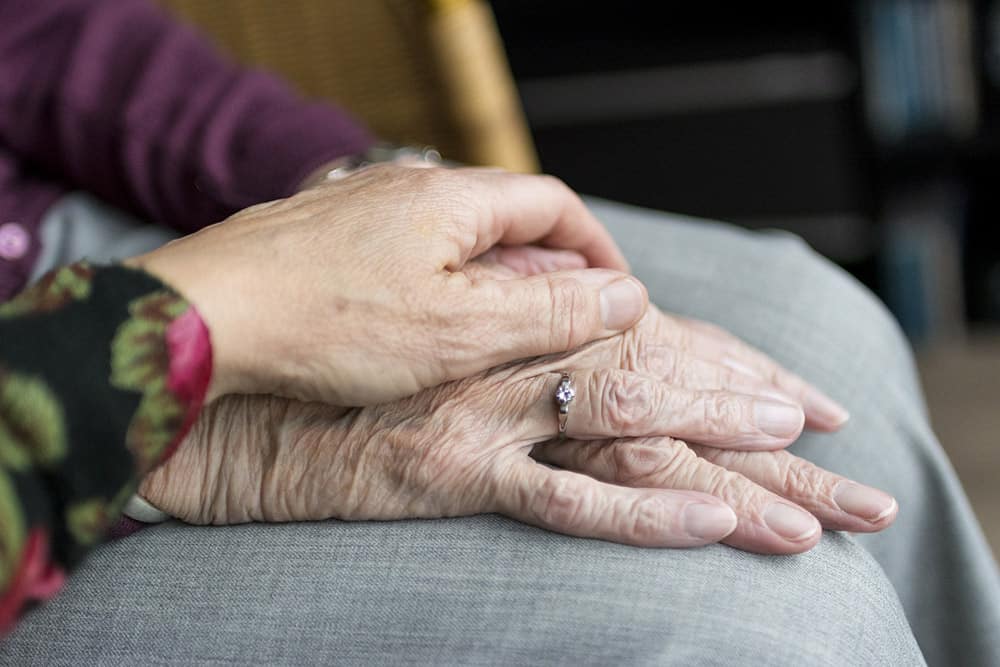Elderly and disabled people able to see loved ones again as care home visits restart

Care home residents are set to be reunited with friends and family as visits begin again, following the publication of new guidance from the Department of Health and Social Care (DHSC) on the 22nd of July.
This latest guidance comes as the rate of community transmission of COVID-19 has fallen in England, the government states, and care homes can now arrange visits based on new guidance to limit further outbreaks and protect staff and residents.
Local directors of public health will lead assessments on visiting within their local authority. They will be expected to take a measured, risk-assessed approach, considering the situation in specific care homes as well as the community context, including any local outbreaks.
Importantly, the decision on whether or not to allow visitors, and in what circumstances, is an operational decision and therefore ultimately for the provider and managers of each individual setting to make.
Matt Hancock, Health and Social Care Secretary, said: “I know how painful it has been for those in care homes not being able to receive visits from their loved ones throughout this period.
“We are now able to carefully and safely allow visits to care homes, which will be based on local knowledge and circumstances for each care home.
“It is really important that we don’t undo all of the hard work of care homes over the last few months while ensuring families and friends can be safely reunited so we have put in place guidance that protects everyone.”
According to DHSC, care home providers should encourage all visitors to wear a face covering and to wash their hands thoroughly before and after putting it on and taking it off. Visitors have also been advised to wear appropriate further PPE, depending on the need of their visit, including gloves and aprons.
The government also asks care home providers to consider whether visits could take place in a communal garden or outdoor area, which can be accessed without anyone going through a shared building.
To limit risk where visits do go ahead, this should be limited to a nominated single constant visitor, per resident, wherever possible, DHSC underlines. This is to limit the overall number of visitors to the care home and the consequent risk of infection.
The latest guidance maximises the input of local professionals, who will have the greatest awareness of community transmission in their area while taking into account the needs of individual residents.
DHSC adds: “It is expected all care homes will still only relax visiting arrangements for specific individual needs and continue to take the health protection of the whole care home as their main objective, but those wishing to visit should speak to the care homes before a planned visit.
“Care homes should support NHS Test and Trace by keeping a temporary record, including address and phone number, of current and previous residents, staff and visitors as well as keeping track of visitor numbers and staff. It is recommended they have an arrangement to enable bookings or appointments for visitors – ad hoc visits should not be permitted.”
This guidance received input from a number of stakeholders across social care and local government including Age UK, Alzheimer’s Society UK, Association of Directors of Adult Social Services, Association of Directors of Public Health, Care England, Local Government Association, National Autistic Society and National Care Forum among others.
The guidance will be continually updated as the risk posed by coronavirus continues to change and people are advised to check the latest guidance at regular intervals to ensure they’re viewing the most recent version.

